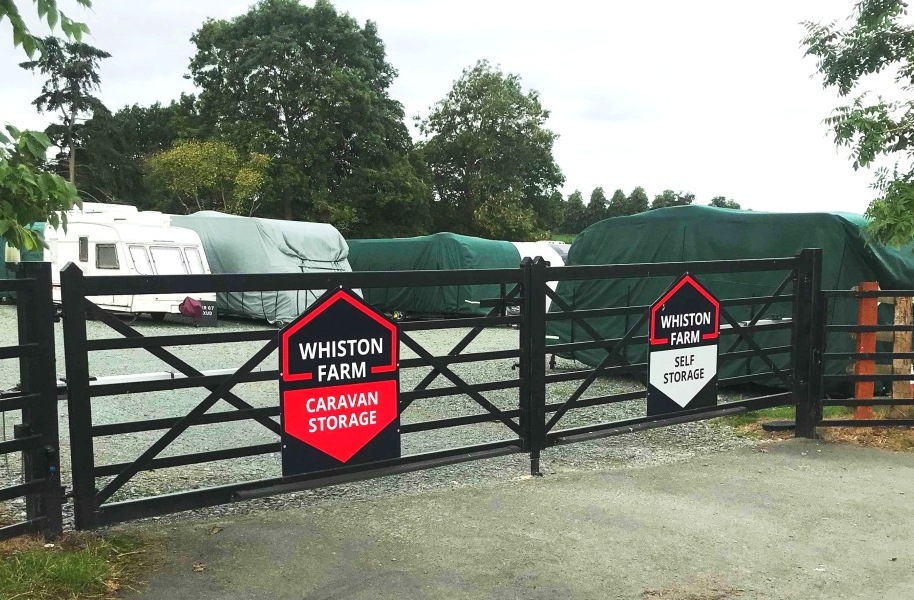Insuring Your Farm Diversification
According to government figures, 62 per cent of UK farmers are having to diversify alongside running a traditional working farm. With lower food prices, increasing energy costs and the impact of Brexit yet to be felt, many farmers are finding new ways to make money. The great news is that nine out of ten schemes (94%) have been financially successful.
More than half of England’s 57,000 farms have diversified in some form according to new figures released by Defra at the end of January 2019. The most common diversification was renewable energy (29%), followed by property letting (15%) and holiday lets (12%). Other types of popular enterprises included: livery stables (6%), Outdoor leisure activities (5%), and farm shops (2%).
No one knows what life after Brexit will be like but one in five farmers believe they will need to diversify to remain sustainable if there are no direct subsidies. With this in mind it is important to remember that any new venture must be insured so the first rule of thumb is to contact your insurance broker to discuss any changes or plans to move away from the usual farming activities on your land, or in buildings.
It really is very important that anyone who is diversifying their farming enterprise ensures that from the outset they are properly insured. A new business brings with it new risks so having the correct cover is essential. At KLF Insurance Brokers we carry out a full review at each annual insurance renewal. However, you may be making changes in what you are doing during the year – marketing and promotion of a new enterprise may be front of mind but do not forget that if you are planning a new project you must check with your broker if you need alternative or additional cover.
Insurance Tips:
- Keep insurer or broker informed of new activities/enterprises
- Check public and product liability cover is adequate
- Assess the implications any diversification may have on pollution/contamination, Environmental Liability is an increasing problem
- Be aware of the disease implications for livestock. Ensure you have the right biosecurity measures in place and make sure your disease cover is adequate, not just for loss but clean up too
- Know what is in your building. Property may be let but you need to know what’s inside for adequate cover.
- Always consider all risk: loss of income/revenue/profit/consequential loss
Article featured in Shropshire Star, 21st October.



